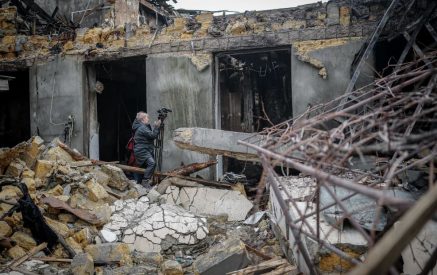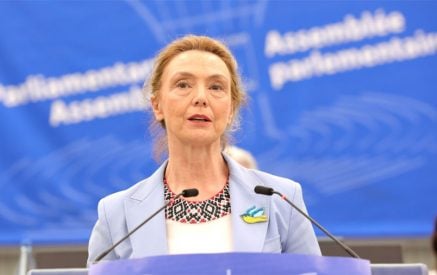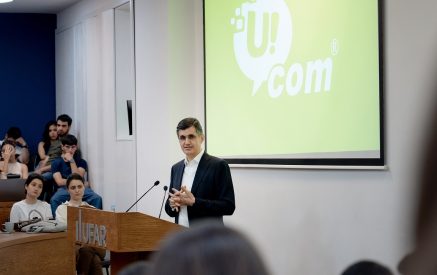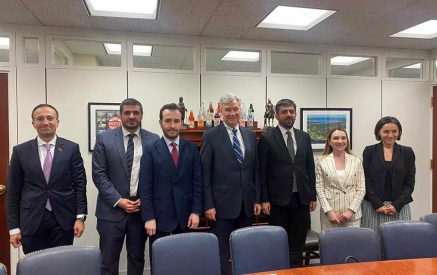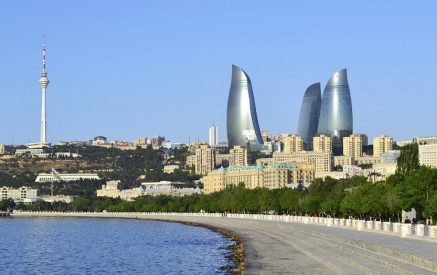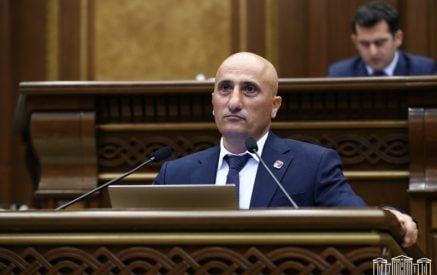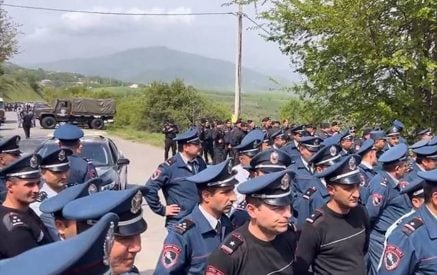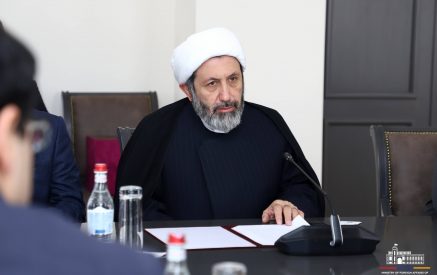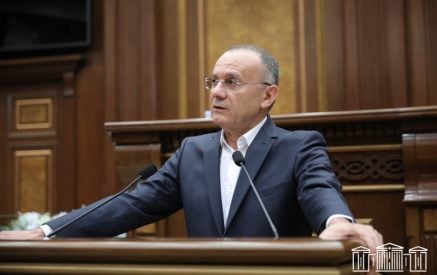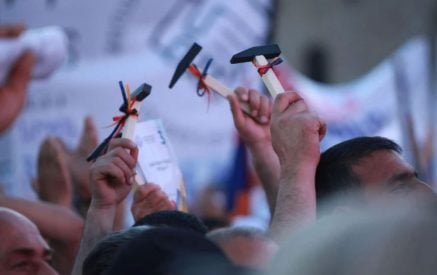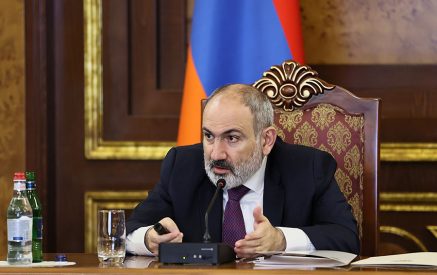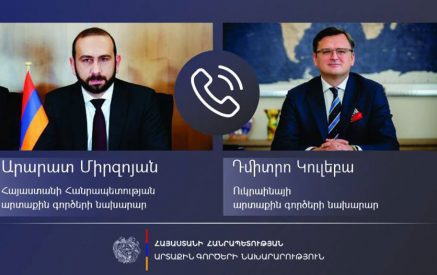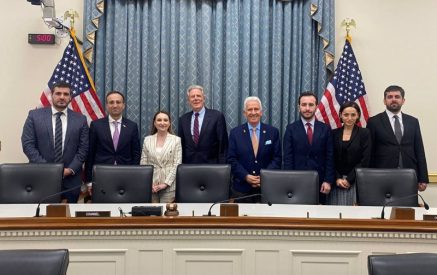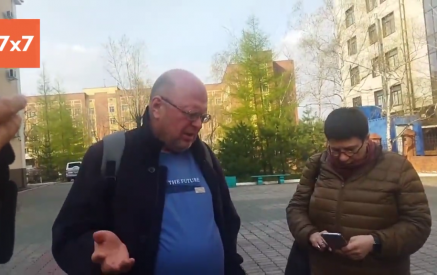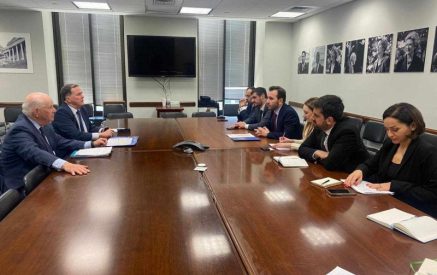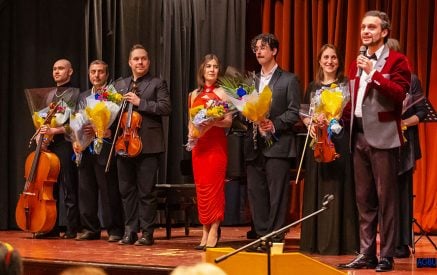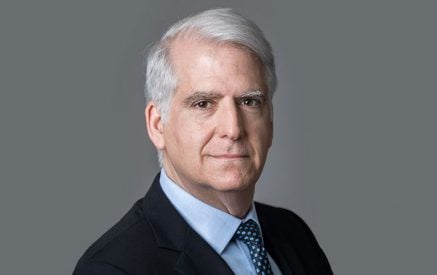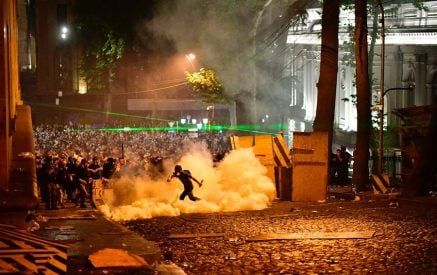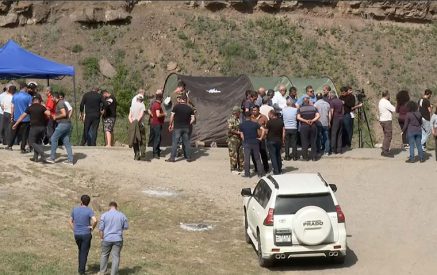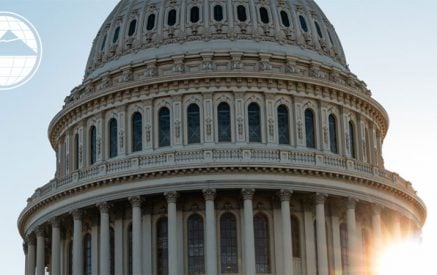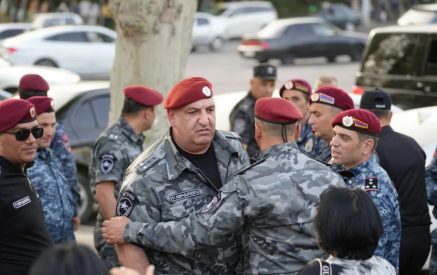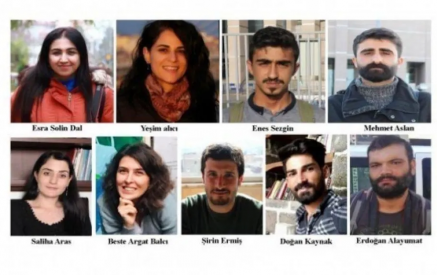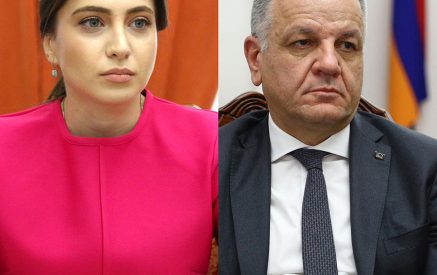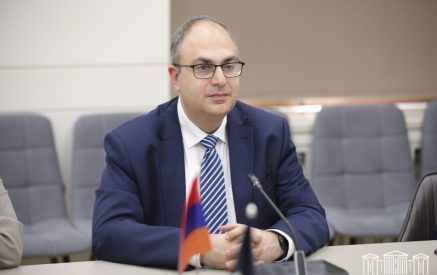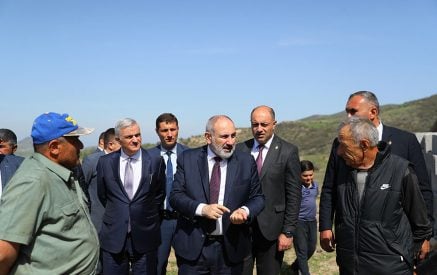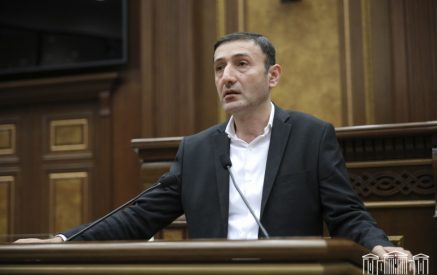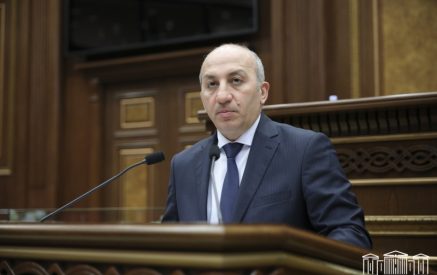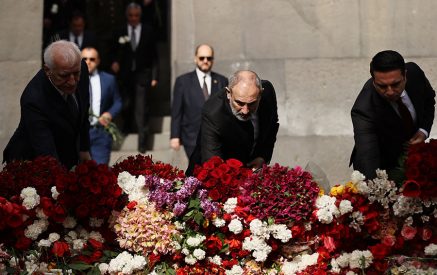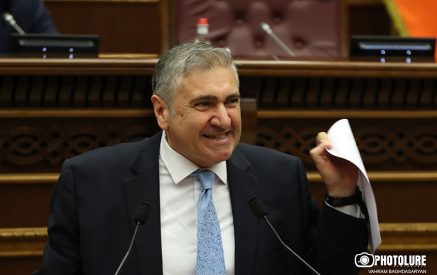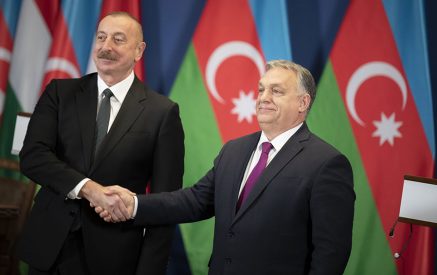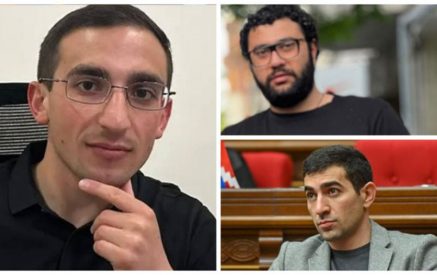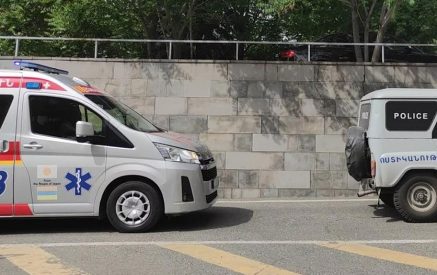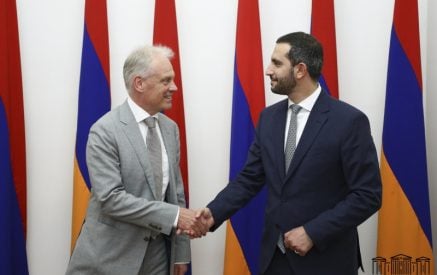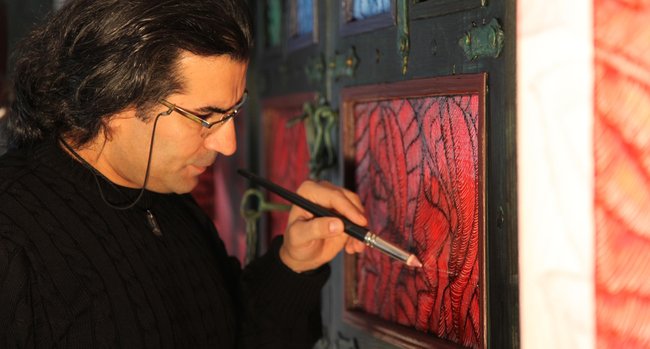
In a darkened front room of the exhibition, a video installation flashes up the dates of dozens of massacres committed on Turkish soil over the past century, one after another, each accompanied by historical recordings of dirges and laments from the victims’ own period and culture.
Armenian voices are heard wailing when the dates 1909 and 1915 are visible followed by Alevi, Kurdish, Turkish, Greek and other laments. The last date to flash up is 2012, as mothers wail in Kurdish and Turkish for their sons killed on both sides inTurkey’s ongoing war with Kurdish rebels.
“People are a little freaked out by it,” Mr. Gunestekin said in an interview last week in Istanbul. “But I want visitors to pay their respects to the peoples who have inspired my art before they tour the exhibition.”
Read also
“This is Turkey’s reality, many sins have been committed here,” he said. “We must face up to it.”
The show called “Yuzlesme” — best translated as “Facing Up” but blandly rendered as “Encounters” by the catalog — opened in the Antrepo gallery in Istanbul this month under the patronage of Yasar Kemal, the grand old man of Turkish literature and Mr. Gunestekin’s longtime mentor.
It will be there until Dec. 30, before moving on to the Kurdish city of Erbil in northern Iraq next year, followed by Venice, Berlin and several stops in France.
Though Mr. Gunestekin’s work is not included in any Turkish museum collection of contemporary artists, the opening night of his exhibition drew a mix of prominent politicians, business leaders and respected artists that was highly unusual for Turkey. The group included Kurdish nationalist deputies and leading members of the conservative ruling party as well as the Kemalist opposition.
“Turks and Kurds Come Together Over Art,” the Sabah newspaper declared the next day.
“Only art can bring these people together,” said Mr. Gunestekin, who is Kurdish and was raised by an Armenian step-grandmother orphaned in the 1915 expulsions.
Born in the southeastern province of Batman in 1966, he can remember a time when that region was not almost exclusively Kurdish with a smattering of Turkish oil men and administrators — as it is now.
“In my childhood, my neighbors and friends in Batman were Armenian, Syriac, Turkish, Arab — there were people from different cultures and beliefs,” he said. “These people are a part of my art, because I grew up with them.”
For nearly two decades, Mr. Gunestekin has been crisscrossing Turkey with sketchbook and camera, visiting every one of its 81 provinces, more than 700 districts and close to 4,000 towns and villages, by his own count, to explore and document its plethora of cultures.
“This has become the foundation of my art, it is where I found my colors,” he said.
The colors overwhelm the visitor from the moment he steps out of the darkness of the video installation, in the feathers of the peacock angel of the Yezidi religion, the light falling through stained-glass church windows, and the carpets in Anatolian mosques.
In addition to the bold coloring, most of Mr. Gunestekin’s work also bursts out of the canvas in other ways, with elements of sculpture adding a third dimension to paintings.
Many of his paintings feature a technique in which dark patches of irregular shape obscure some of the colors and figures beneath, evoking the decayed frescoes and mosaics covered by peeling layers of plaster in the many churches that have been turned into mosques around Anatolia, as well as symbolizing the coercive assimilation of other cultures into the prevailing Turkish identity.
Religious motifs abound, especially those common to several faiths, like the legend of the seven sleepers, who slumbered for centuries in an Anatolian cave, or the story of Abraham’s willingness to sacrifice his son.
New York Times

